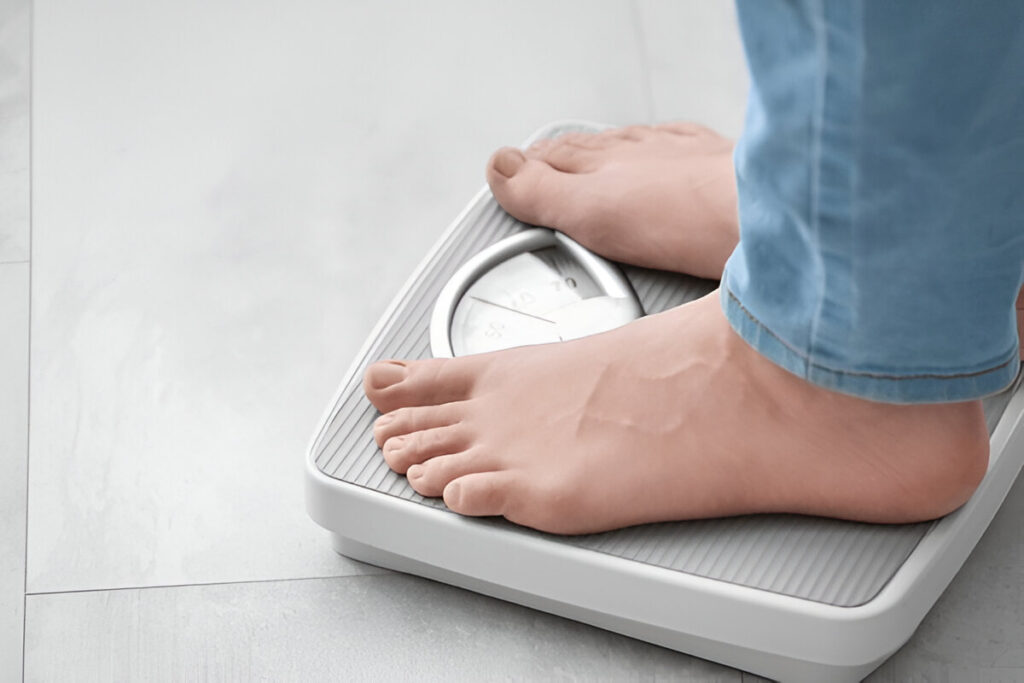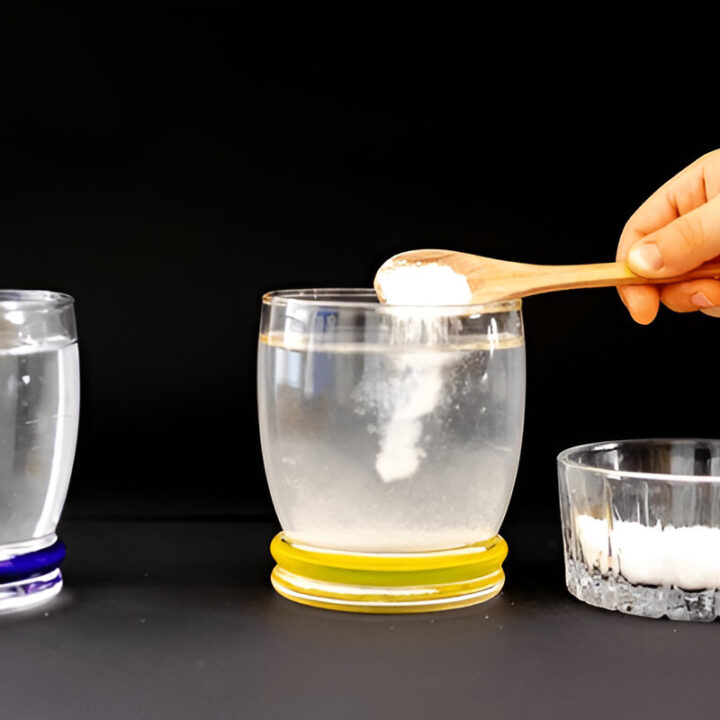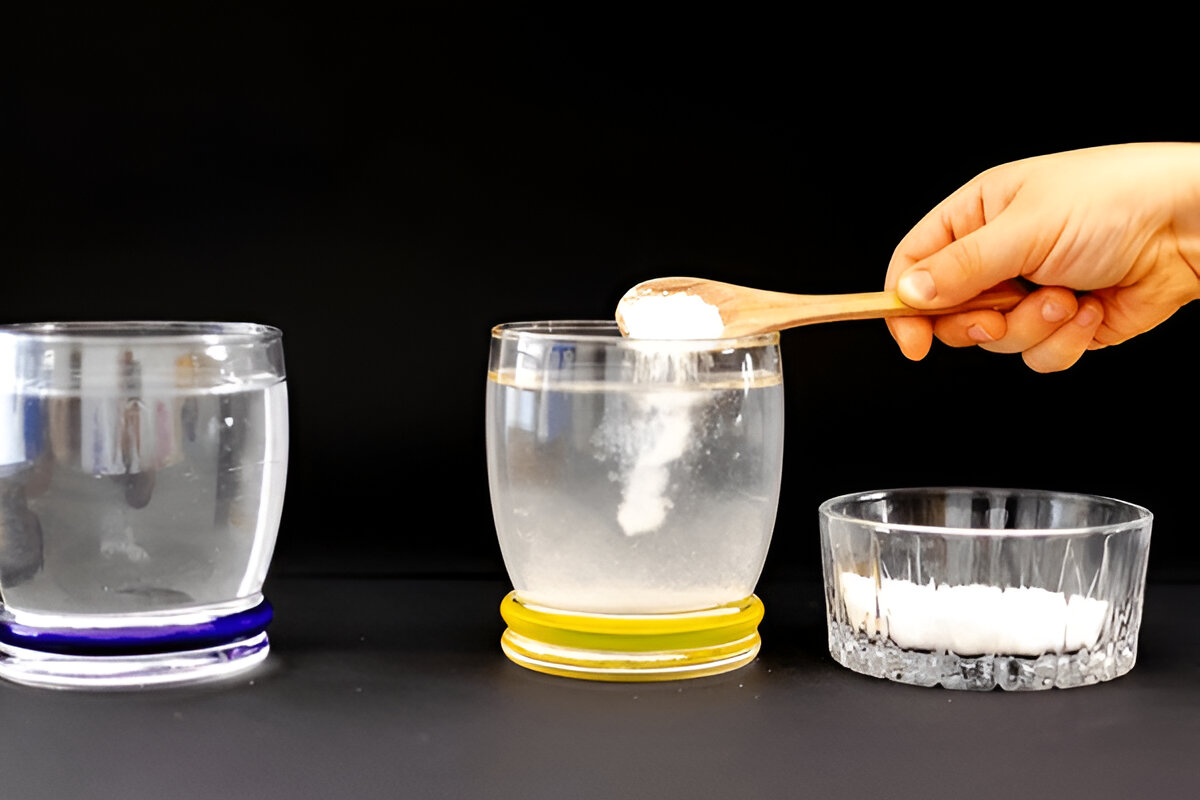A salt water drink is a popular method for quickly cleansing the digestive system and shedding water weight. It’s simple, inexpensive, and widely discussed in wellness circles for its potential to reduce bloating and kickstart weight loss efforts. However, it’s not a magic solution and comes with risks if not done correctly. This guide explains how a salt water drink works, why people use it, how to do it safely, and what to expect, all in clear, everyday language.
What Is a Salt Water Drink?
A salt water drink involves mixing warm water with non-iodized sea salt and drinking it to clear out your digestive system. It’s often used as part of detox plans or for quick weight loss, primarily targeting water weight and waste in the colon. The high salt concentration in the drink prevents your body from absorbing it, so it moves through your intestines, pulling water along and triggering bowel movements to flush out toxins and waste.
This method isn’t new—it’s been around for decades, often linked to programs like the Master Cleanse, a detox diet popularized in the 1970s. People use it to feel lighter, reduce bloating, or prepare for events where they want to look slimmer. While it can show quick results, it’s not a long-term weight loss strategy, as the weight lost is mostly water and waste, not fat.
The drink works because the salt creates a natural laxative effect. Your body can’t process the high salt content, so it draws water into the intestines, which helps move everything out. This can lead to a flatter stomach and a temporary drop on the scale, but results vary based on your body and habits.
How Does It Differ from Regular Hydration?
Drinking plain water is essential for staying hydrated, supporting your kidneys, and keeping your body functioning well. A salt water drink, however, is a one-time cleanse designed to clear your digestive tract quickly. It’s not meant to replace daily water intake or become a regular habit.
Unlike sipping water throughout the day, a salt water drink is consumed all at once, with a specific amount of salt to trigger rapid bowel movements. Plain water hydrates without affecting your digestive system this intensely, while the salt water drink’s high salt content creates a unique effect, pulling water into your colon to push out waste. This makes it a short-term tool, not something you’d do daily, as overuse can disrupt your body’s natural balance of fluids and electrolytes.
Who Uses a Salt Water Drink and Why?
People turn to salt water drinks for various reasons, often tied to quick results. Those preparing for events like weddings, vacations, or photo shoots may use it to lose a few pounds of water weight and feel less bloated. Others use it to kickstart a diet, believing it “resets” their digestive system for a fresh start. Health enthusiasts sometimes include it in detox routines to clear sluggish digestion or after heavy meals.
For example, someone might try it after a weekend of overeating to ease bloating and feel lighter. The quick results can provide a mental boost, motivating people to stick with healthier eating or exercise habits. However, it’s not for everyone. People with certain health conditions, like high blood pressure or kidney issues, need to be cautious, as the high salt content can strain the body.
How to Make a Salt Water Drink
Preparing a salt water drink is straightforward, but following the recipe exactly is important for safety and effectiveness. Here’s what you need and how to do it.
Ingredients
- 1 liter of warm water (98–104°F, about body temperature)
- 2 teaspoons of non-iodized sea salt (avoid table salt or iodized salt, as they’re less effective and may irritate your digestive system)
Step-by-Step Instructions
- Boil the water: Start with 1 liter of water and boil it to ensure it’s clean. Let it cool to a warm, comfortable temperature (not too hot or cold).
- Add the salt: Measure exactly 2 teaspoons of non-iodized sea salt and stir it into the water until it fully dissolves. If the mix looks cloudy, keep stirring until it’s clear.
- Drink the mixture: Sip the entire liter within 5–10 minutes. Drinking too quickly can cause nausea, so take it slow but steadily.
- Lie down: After drinking, lie on your right side for 15–30 minutes. This position helps the solution move through your digestive tract more effectively.
- Stay near a bathroom: Bowel movements typically start within 30–60 minutes, sometimes sooner. Plan to stay home, as the urge can come on quickly.
Tips for Success
- Stir thoroughly to ensure the salt is fully dissolved.
- Use a straw if the taste is too strong.
- Keep a water bottle nearby to stay hydrated afterward.
Timing and Frequency
Timing matters for a salt water drink. The best time is first thing in the morning on an empty stomach, when your digestive system is most receptive. Doing it after eating can slow the process or cause discomfort. Weekends or days off are ideal, as you’ll need to stay near a bathroom for a few hours.
Limit the drink to once a month at most. Doing it too often, like weekly, can lead to dehydration or disrupt your body’s electrolyte balance, causing fatigue or dizziness. If you’re using it for weight loss, wait at least a month before repeating to give your body time to recover.
Why Does It Work for Weight Loss?

A salt water drink helps with weight loss by clearing out waste and excess water from your digestive system. Your colon can hold undigested food and water, which adds temporary weight—sometimes 1–3 pounds. The drink pushes this out, leading to a quick drop on the scale and a flatter stomach.
This weight loss isn’t fat, though. It’s mostly water and waste, so the pounds can return once you resume normal eating and drinking. The drink also reduces bloating, which makes you feel lighter and can boost confidence for events or motivate healthier habits. For lasting weight loss, you’ll need to pair it with a balanced diet and exercise.
The Science Behind It
The effectiveness of a salt water drink comes from a process called osmosis. The high salt concentration in the drink is too much for your body to absorb, so it pulls water from your body into your intestines. This creates a laxative effect, moving waste out of your colon quickly. Studies suggest this can clear 1–2 pounds of waste in one session, though results vary.
Because the salt isn’t absorbed, it passes through your system, taking excess water and waste with it. This explains the rapid results, but also why the weight loss is temporary unless you make other lifestyle changes.
Benefits of a Salt Water drink

Beyond weight loss, a salt water drink offers other benefits:
- Reduces bloating: It clears out waste, easing that heavy, puffy feeling, especially after overeating.
- Improves digestion: It can help with occasional sluggishness, making you feel lighter.
- Affordable and simple: You only need water and sea salt—no expensive supplements or equipment.
- Mental boost: The quick results can motivate you to eat healthier or stick to a diet plan.
Some people claim it improves skin clarity by reducing toxins, though there’s no strong scientific evidence for this. The main appeal is its simplicity and fast results for temporary relief.
Risks and Safety Concerns
While a salt water drink is generally safe when done correctly, it carries risks if misused:
- Dehydration: The drink pulls water from your body, so you must hydrate well before and after.
- Electrolyte imbalances: Too much salt can disrupt sodium and potassium levels, causing fatigue or dizziness.
- Strain on the body: People with high blood pressure, kidney issues, or heart conditions should avoid it, as the salt can be taxing.
Overusing the drink (e.g., doing it weekly) can lead to serious health issues, so moderation is key.
Who Should Avoid It?
Certain groups should not try a salt water drink:
- Pregnant women: The dehydration risk is too high.
- People with kidney or heart issues: The salt can strain these systems.
- Those on low-sodium diets: The drink’s high salt content conflicts with their needs.
- Children or teens: Their bodies are too sensitive for this cleanse.
If you have any health concerns or feel unwell, consult a doctor before trying it.
How to Stay Safe
To minimize risks, follow these safety tips:
- Use only non-iodized sea salt—table salt can irritate your digestive system.
- Drink plenty of plain water before and after to prevent dehydration.
- Stick to the exact recipe (2 teaspoons salt per liter).
- Don’t do it more than once a month.
- Listen to your body—if you feel dizzy, weak, or nauseous, stop and rest. Hydrate immediately.
When to Use a Salt Water Drink
A salt water drink is best for specific situations, not regular use. Consider it when:
- You feel bloated after heavy meals or overeating.
- You want a quick cleanse before starting a new diet.
- You’re preparing for an event where you want to look slimmer.
Avoid it during stressful times, illness, or if you’re already dehydrated. Morning is the best time, as your stomach is empty, and the effects won’t disrupt your sleep. Plan to stay home for a few hours afterward.
Pairing with Healthy Habits
A salt water drink is most effective when combined with healthy habits. It’s a starting point, not a complete weight loss plan. Try these to maximize results:
- Balanced diet: Focus on vegetables, lean proteins, and whole grains to maintain weight loss.
- Light exercise: Walking or yoga supports digestion without overtaxing your body.
- Hydration: Drink plenty of water daily to support overall health.
For example, after a cleanse, plan your meals for the week to stay on track. This can help you maintain the “light” feeling and build momentum for long-term goals.
FAQs About Salt Water Drinks
Is it safe for everyone?
No. People with high blood pressure, kidney issues, heart conditions, or pregnancy should avoid it. Always check with a doctor if unsure.
How much weight can you lose?
You may lose 1–3 pounds of water and waste. This isn’t fat loss, so the weight can return without diet changes.
Can you do it every day?
No. Doing it more than once a month risks dehydration and electrolyte issues. Stick to occasional use.
Does it help with bloating?
Yes, it can reduce bloating quickly by clearing waste, especially after heavy meals.
Can you eat after a drink?
Wait 2–3 hours, then start with light foods like broth, fruit, or yogurt to ease your stomach back.
How fast does it work?
Effects start within 30–60 minutes. Stay near a bathroom, as the urge comes on quickly.
Does it boost metabolism?
No, it only clears waste, not calories. It doesn’t directly affect your metabolism.
Can it replace a healthy diet?
No, it’s a temporary cleanse, not a weight loss plan. Pair it with healthy eating for real results.
Final Thoughts
A salt water drink is a quick, affordable way to reduce bloating, clear your digestive system, and lose temporary water weight. It’s easy to do at home with just warm water and non-iodized sea salt, but it requires careful preparation and moderation. Use it for specific situations, like after overeating or before a big event, and pair it with a balanced diet and exercise for lasting benefits.
Always prioritize safety—stick to the recipe, stay hydrated, and avoid overuse. If you have health concerns, talk to a doctor first. While the drink can provide a motivating “reset,” true weight loss comes from consistent, healthy habits. Use it wisely, and it can be a helpful tool in your wellness journey.

Salt Water Recipe
This salt water flush recipe is a powerful at-home cleanse used to relieve bloating, clear the digestive tract, and jumpstart a weight loss routine. It’s best used occasionally and paired with healthy habits.
Ingredients
- 1 liter warm water (98–104°F)
- 2 teaspoons non-iodized sea salt (do not use iodized or table salt)
Instructions
- Boil water and allow it to cool slightly until it reaches a warm but drinkable temperature.
- Add 2 teaspoons of non-iodized sea salt to the warm water.
- Stir continuously until the salt fully dissolves (the water should be clear, not cloudy).
- Drink the entire liter within 5–10 minutes. Sip steadily, but don’t rush
- Lie on your right side for 15–30 minutes to help the water move through your digestive tract.
- Stay near a bathroom — bowel movements typically begin within 30–60 minutes.
Notes
This flush is designed for occasional use only — no more than once per week. Drink plenty of plain water before and after to stay hydrated. Not recommended for people with high blood pressure, kidney issues, or during pregnancy.
Nutrition Information:
Yield: 1 serving Serving Size: 1 liter (about 4.2 cups)Amount Per Serving: Calories: 0Total Fat: 0gSaturated Fat: 0gTrans Fat: 0gUnsaturated Fat: 0gCholesterol: 0mgSodium: 4600+mgCarbohydrates: 0gNet Carbohydrates: 0gFiber: 0gSugar: 0gSugar Alcohols: 0gProtein: 0g

